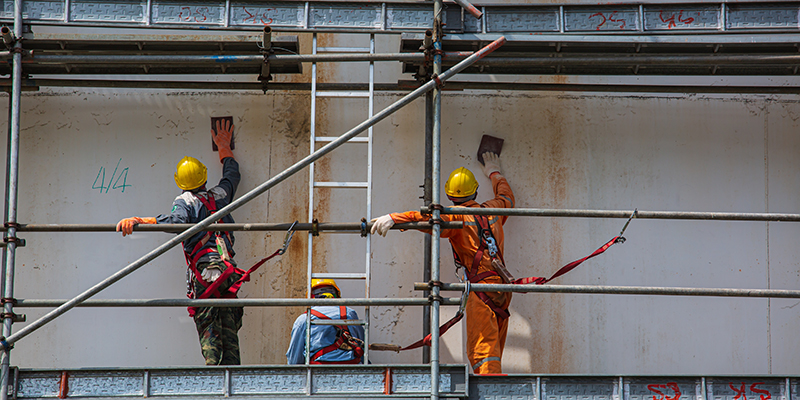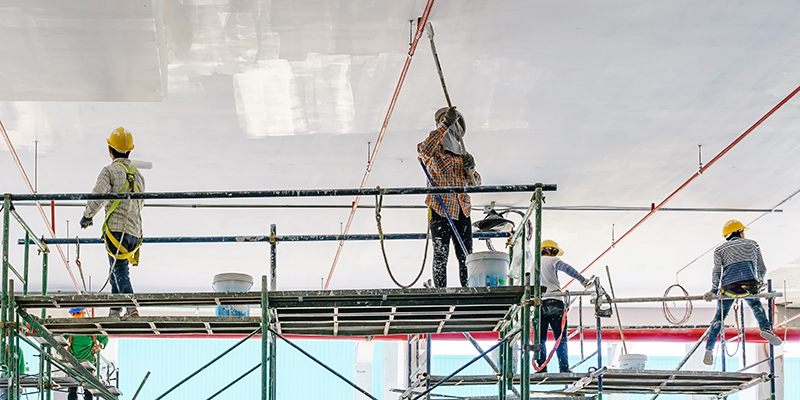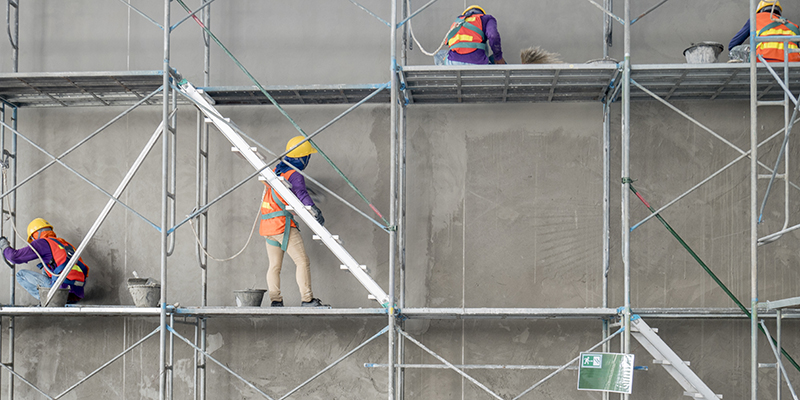
Preserving History: Safety & Rescue Ropes in Historic Building Restoration
Historic buildings stand as witnesses to the passage of time, bearing the scars of centuries and often succumbing to the ravages of disasters. Restoration efforts to revive these architectural treasures require a delicate balance of craftsmanship, expertise, and modern technology. In the realm of historic building restoration, safety and rescue ropes play a pivotal role, ensuring the protection of both the structures and the restoration personnel. This article delves into the innovative use of safety and rescue ropes in preserving history through the restoration of historic buildings.

In the realm of historic building restoration, the utilization of safety and rescue ropes emerges as a crucial enabler of both effective repairs and the safeguarding of restoration specialists. These architectural treasures, having withstood the test of time, often require delicate yet intricate interventions to restore them to their former glory. Amid the complexities of historical restoration, safety and rescue ropes prove indispensable, ensuring not only the preservation of heritage but also the well-being of those entrusted with this delicate task.
One of the most critical aspects of historic building restoration involves thorough inspections, often requiring access to elevated regions that have weathered the elements for generations. Safety and rescue ropes offer restoration professionals the means to ascend to lofty heights, enabling them to meticulously examine facades, rooftops, and ornate embellishments. This hands-on approach ensures that signs of deterioration, damage, or underlying structural vulnerabilities are meticulously documented, paving the way for precise and informed repair strategies.
Within the intricate tapestry of historical architecture, every detail carries significance. From delicate stonework to elaborate carvings and fragile surfaces, each element demands careful attention during the restoration process. Safety and rescue ropes facilitate the delicate intricacies of repairs, granting restoration specialists the freedom to work hands-free while conducting meticulous interventions. This innovative approach not only preserves the architectural authenticity but also allows for an unparalleled level of precision in the restoration of these masterpieces.
In cases where historical structures exhibit signs of instability, safety and rescue ropes become a critical tool for stabilization and reinforcement. These ropes assist in securing vulnerable sections, ensuring that the restoration efforts contribute to the structural integrity of the building. By expertly deploying these techniques, restoration teams can confidently undertake repairs, knowing that the process itself will not compromise the historical fabric of the edifice.
In the intricate dance of historical building restoration, safety and rescue ropes are more than just tools; they are threads connecting the past to the present, ensuring that the legacy of these architectural marvels continues to thrive. Through their innovative applications, safety and rescue ropes embody the commitment to safeguarding heritage while embracing modern methods, allowing historic buildings to stand as resilient testaments to time's passage.

Preserving history through the restoration of historic buildings is a labor of love that requires expertise, precision, and a deep understanding of architectural heritage. Safety and rescue ropes serve as essential tools, allowing restoration specialists to navigate the challenges posed by intricate designs, delicate materials, and high elevations. By incorporating modern safety measures like safety and rescue ropes, restoration teams can ensure the successful revival of historic buildings while safeguarding the invaluable human resources behind these efforts.

